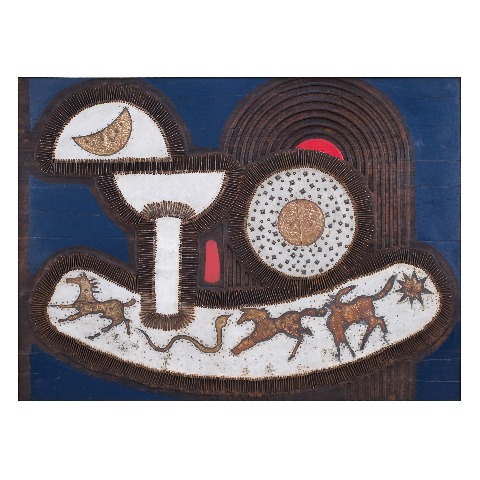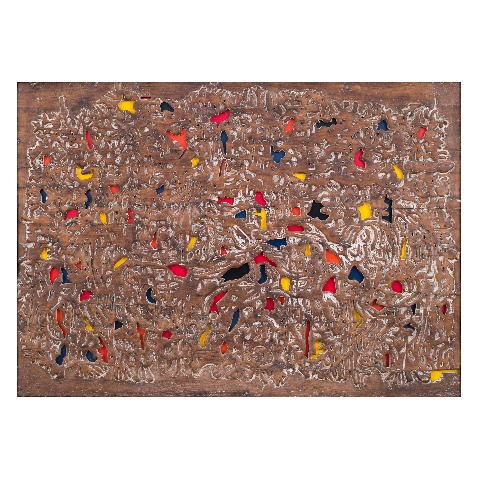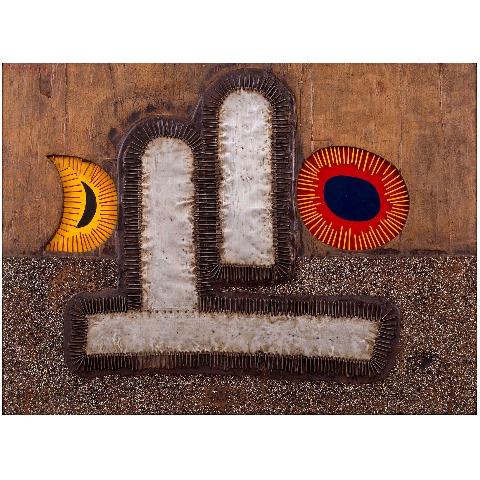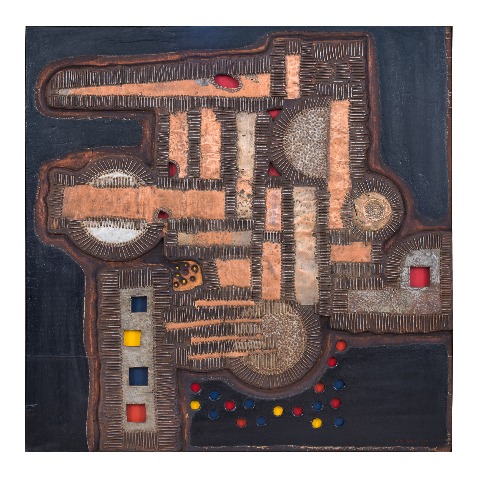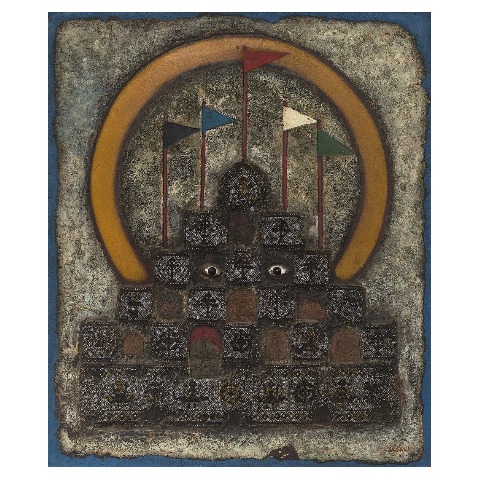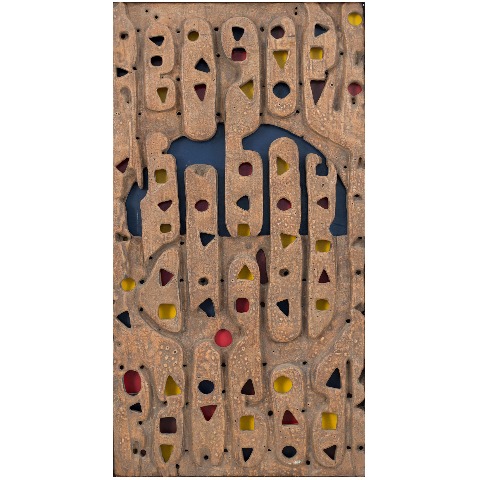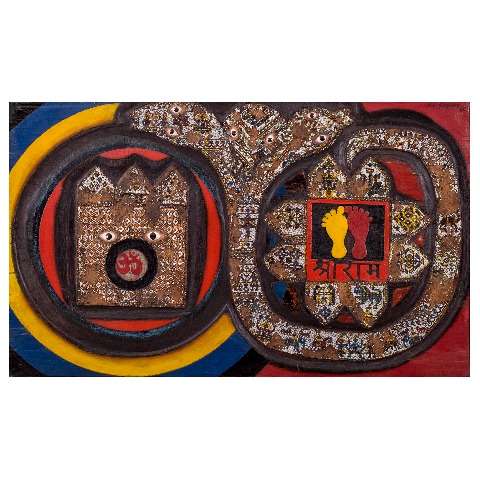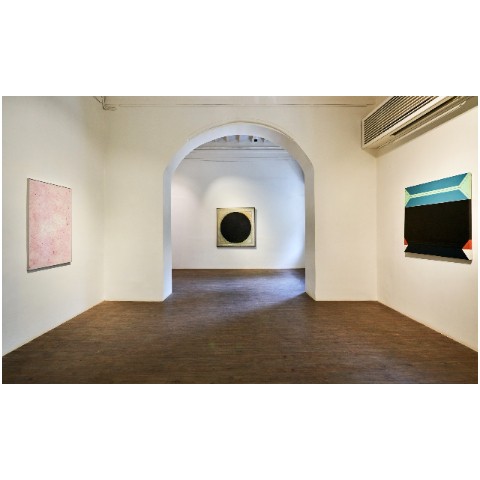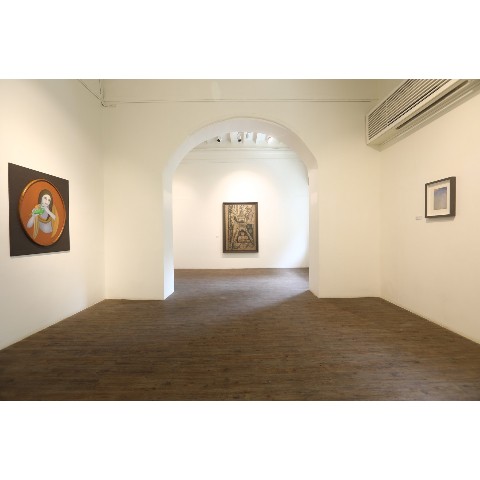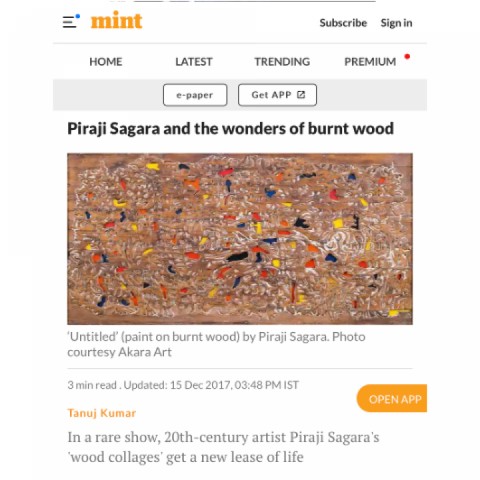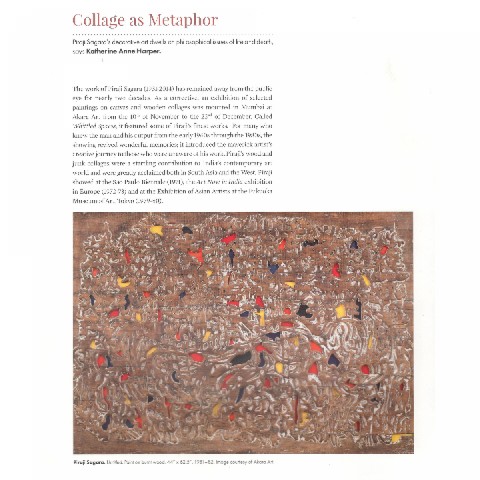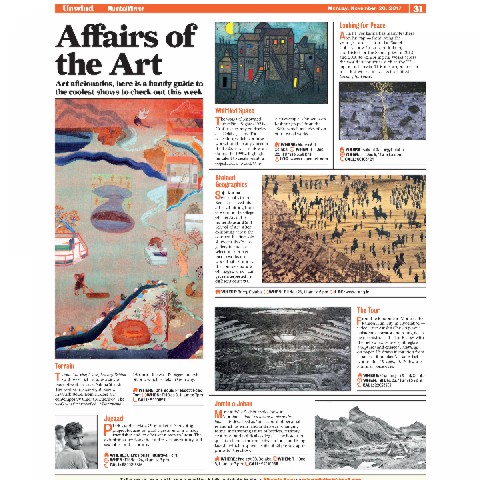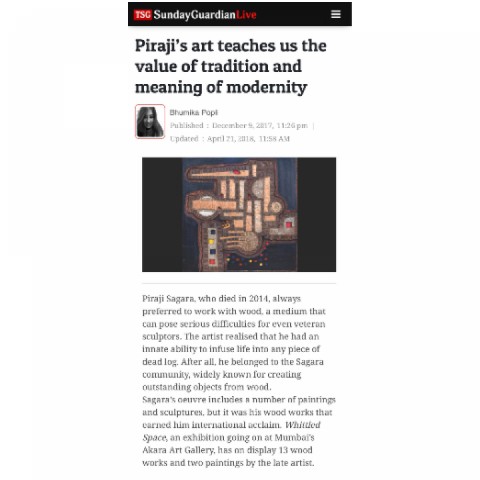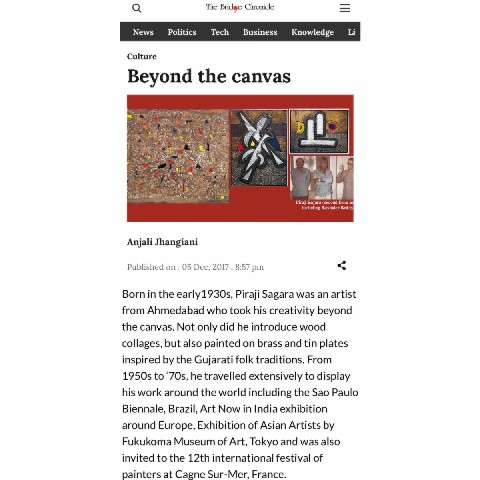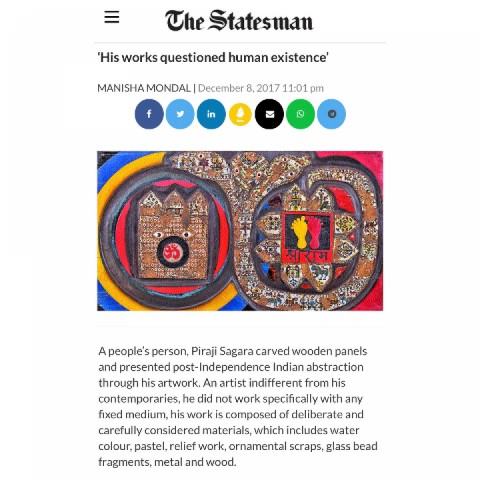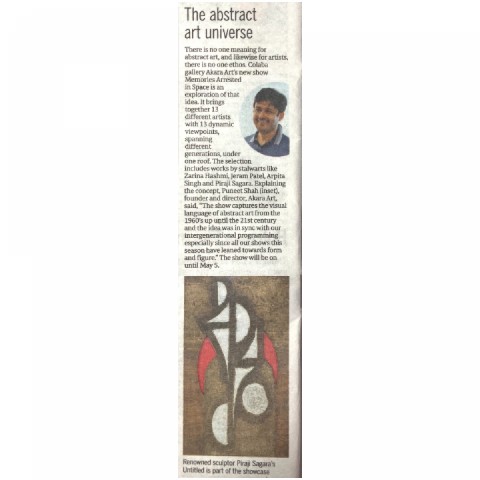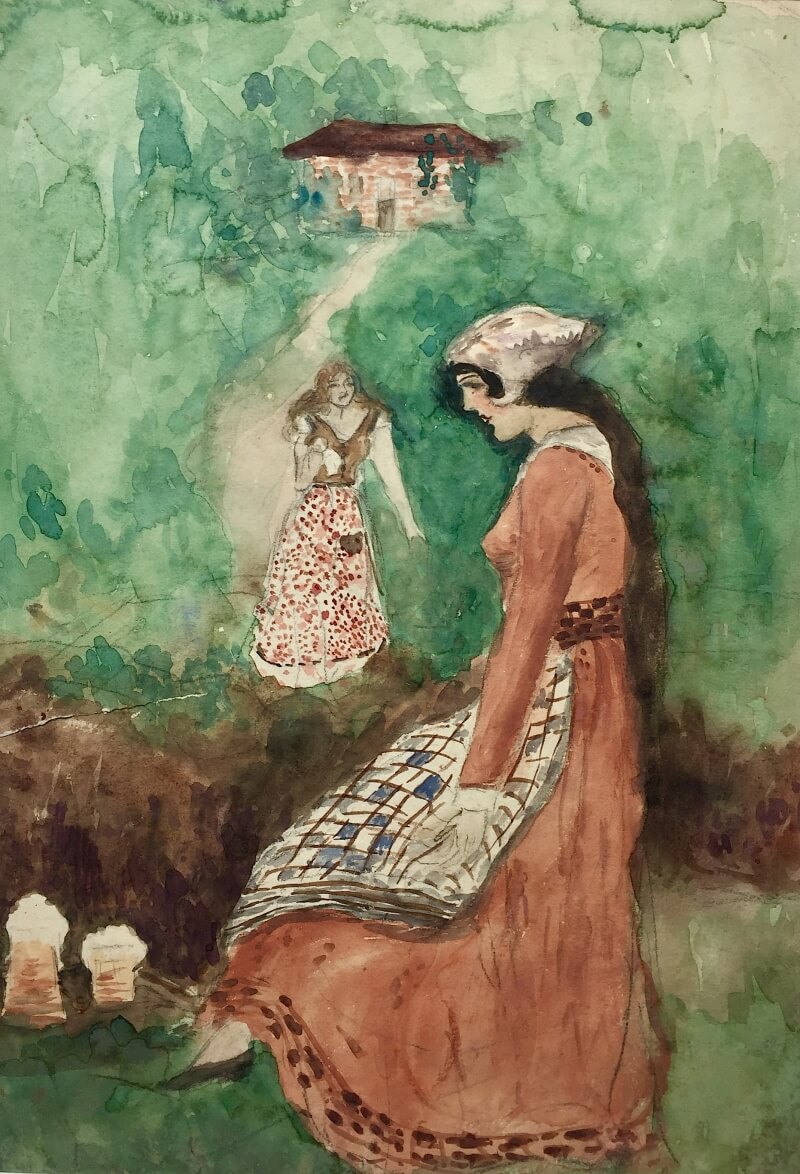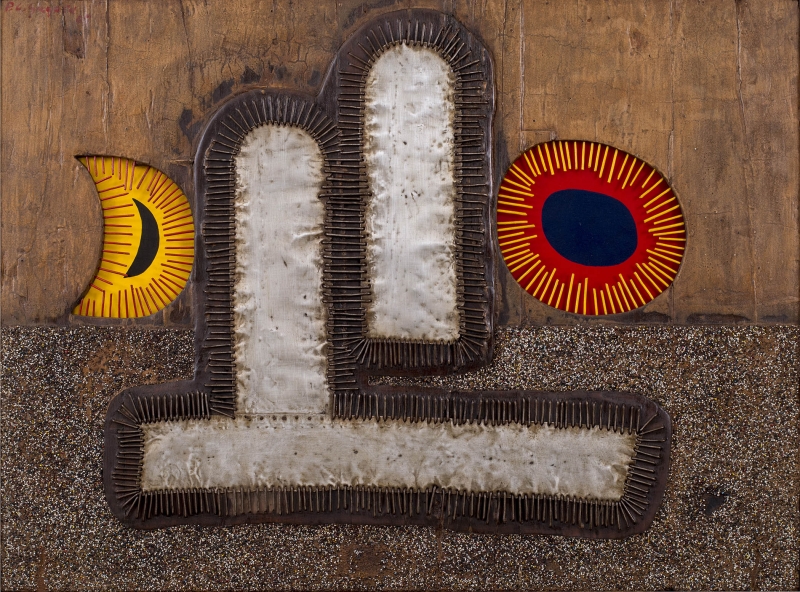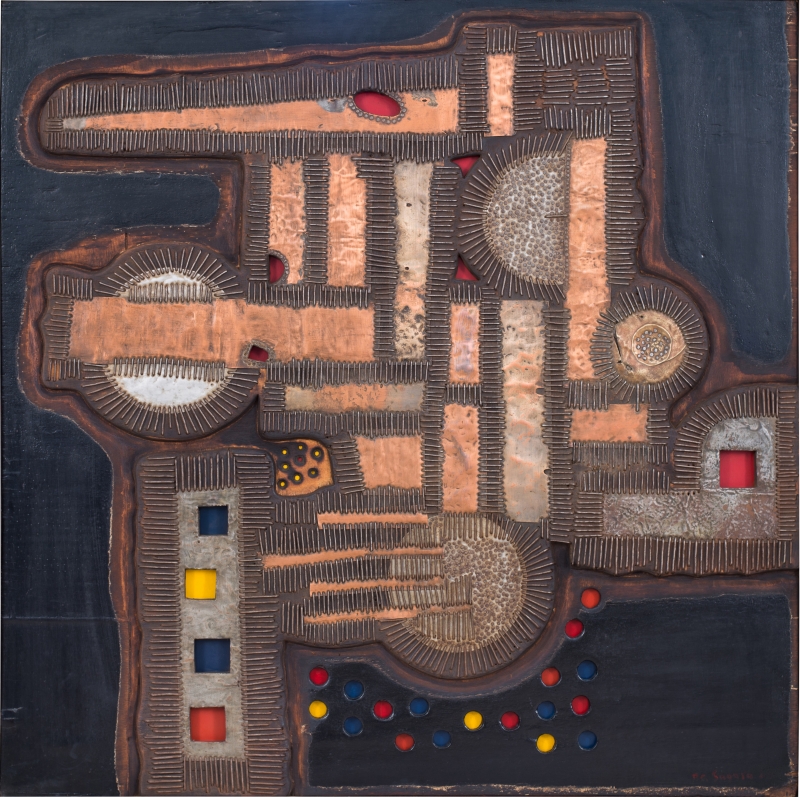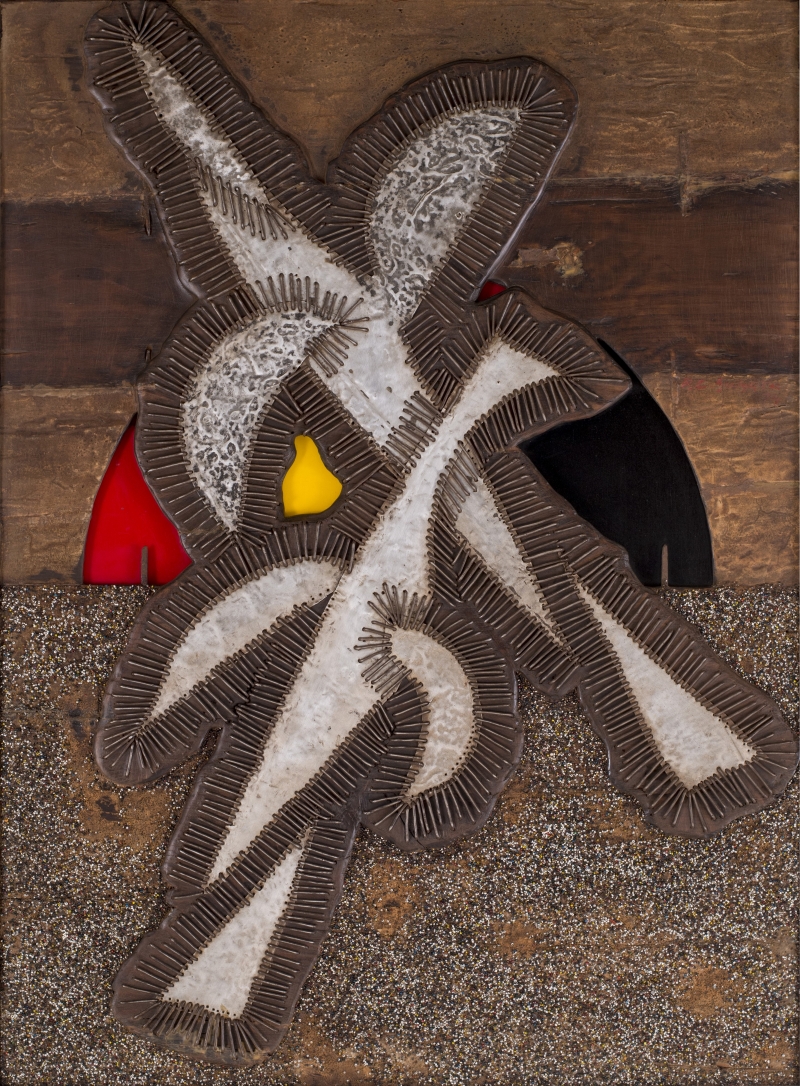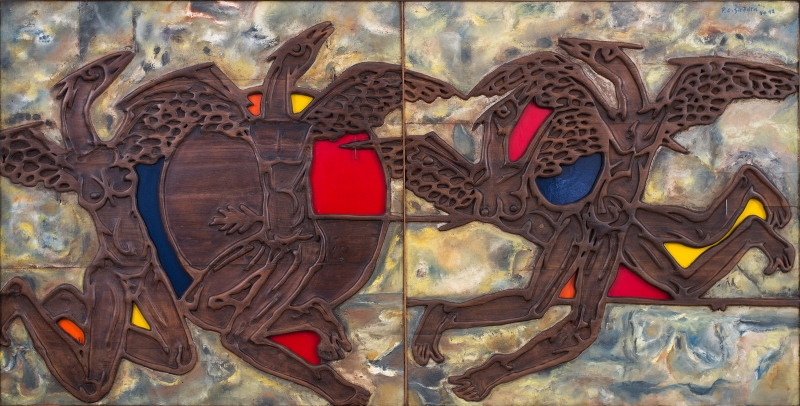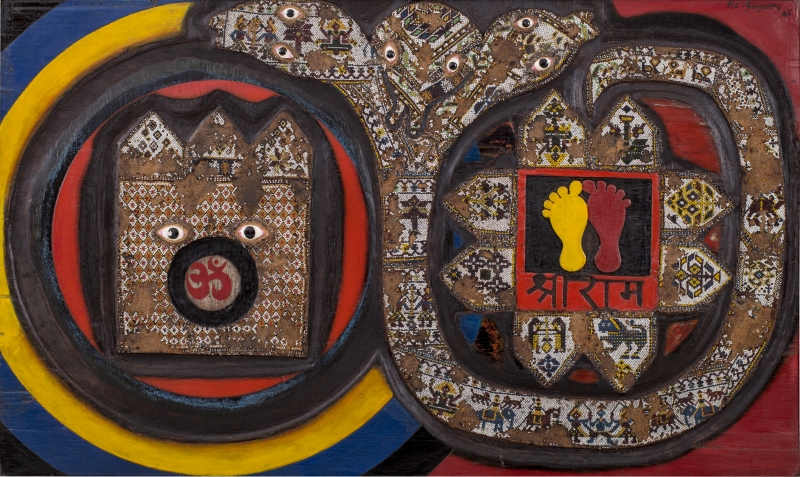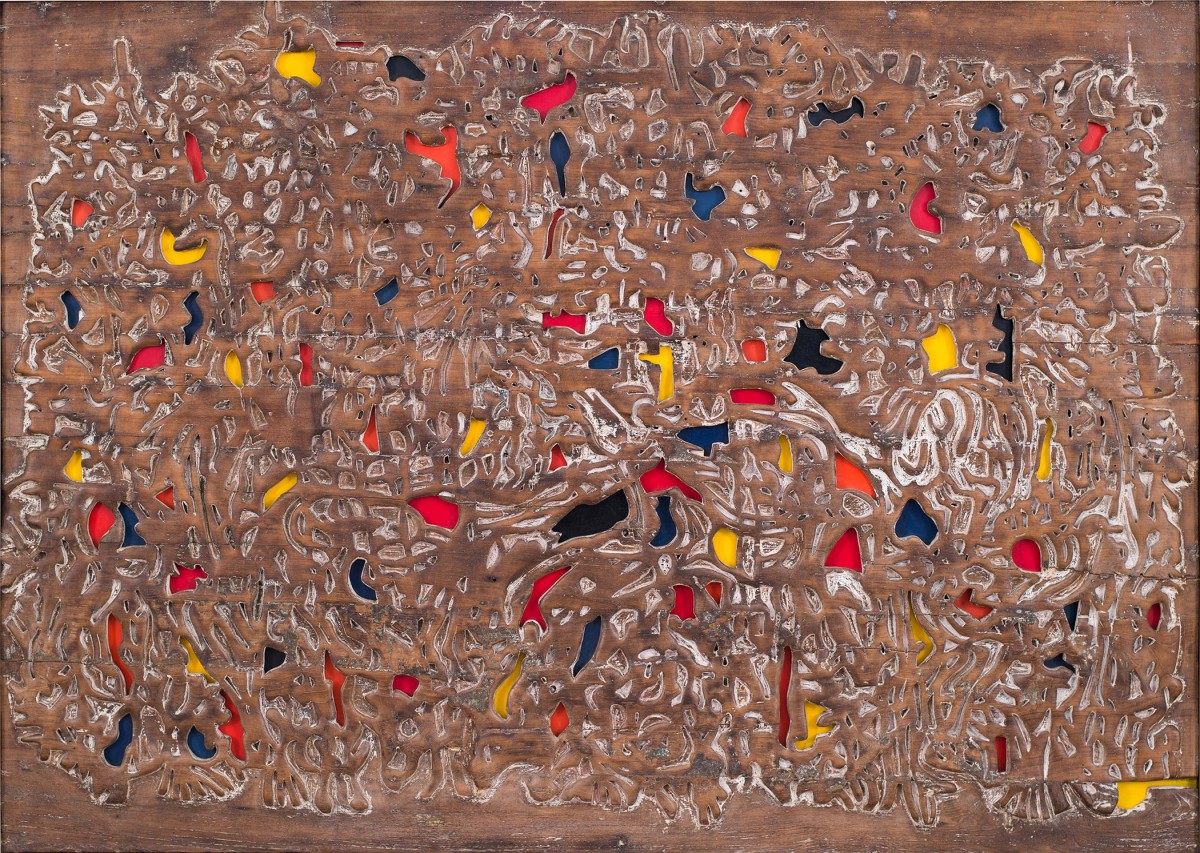
PIRAJI SAGARA
Akara Modern
1931 -2014
The themes
of Piraji Sagara’s artworks orbit around the semantics of the relationship
between human beings and nature. His works are preoccupied with the expanse of
human existence as he explores its psychological foundations. They are a true
blend of the irony between the finiteness of humans, and the infiniteness of
nature.
The
Ahmedabad-based artist, born in a family of traditional wood carvers deftly
orchestrates movement and harmony in his reliefs. He received his master’s
education in arts from Sir J.J. School of Art, Bombay in 1960. During the early
years of Independence Piraji was known for his collages made of wood relief. Mediums
like watercolour, rusted iron nails, brass sheets, pieces of carved wood used
for block printing, parts of old wooden chests, brass and copper cut-outs from
traditional furniture, and fragments of glass beads all find their way into his
art. His works were combinations of modern abstraction and his ancestral
knowledge of the materials.
Piraji’s
artworks can be roughly divided into three phases. In the early phase, he used
ornamental scraps. In the middle phase, he used plain sheets of metal and nails
on boards in relief, and the final phase was pure relief work in wood with
paint. Over the course of his developing styles, he continued to expand his
artistic voice and poetic vision using anthropomorphic stylisations. Piraji
Sagara’s works have been exhibited around the world, including the Sao Paulo
Biennale, Brazil, in 1971 and the Fukukoma Museum of Art, Tokyo, in 1979-80. He
was invited to the 12th International Festival of Painters at Cagne Sur-Mer,
France. He was also a past recipient of the Lalit Kala Akademi’s national award
in 1963. In 2017 his solo exhibition ‘Whittled Space’ was held at Akara.
Images
